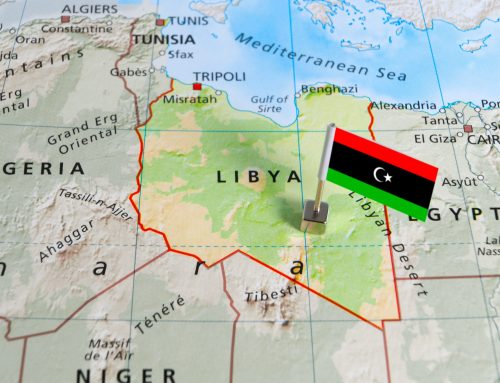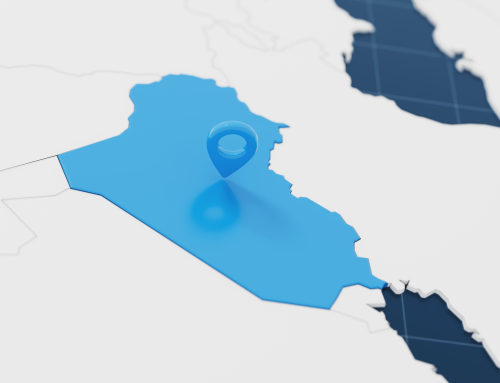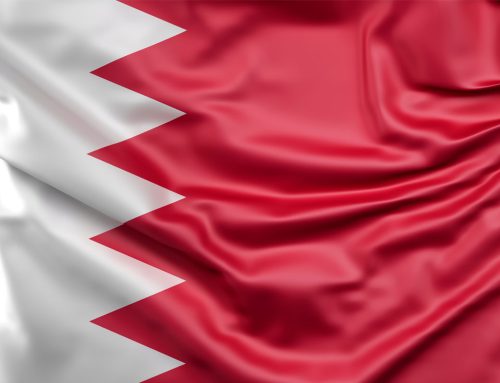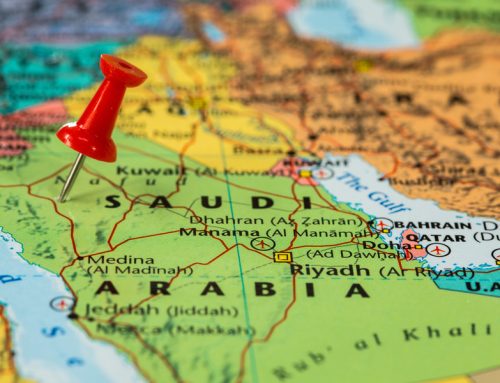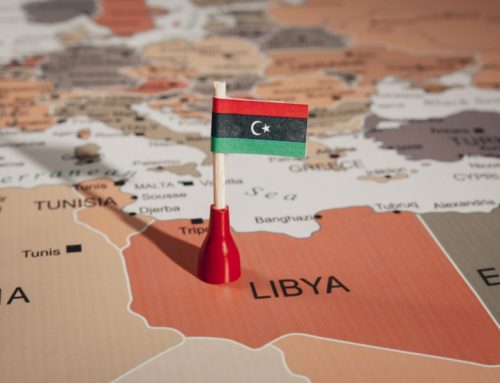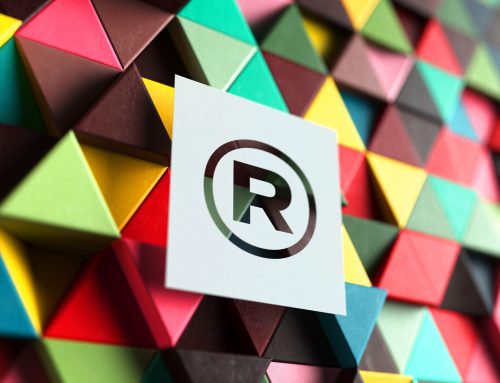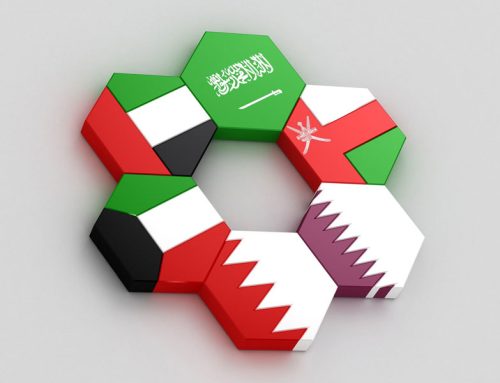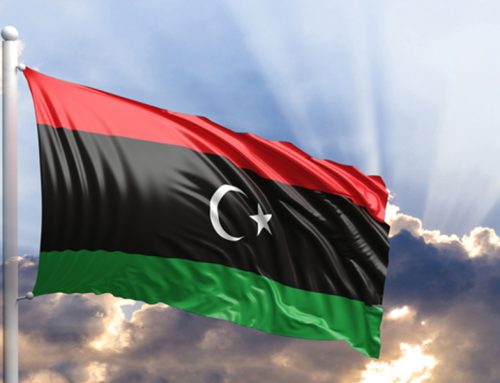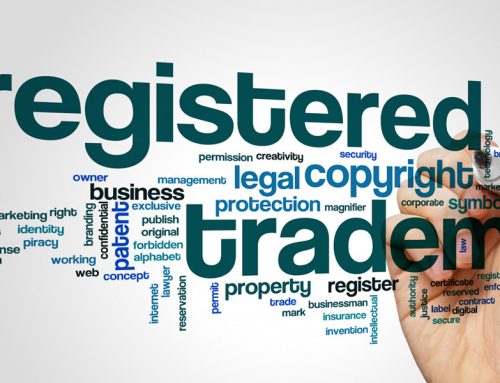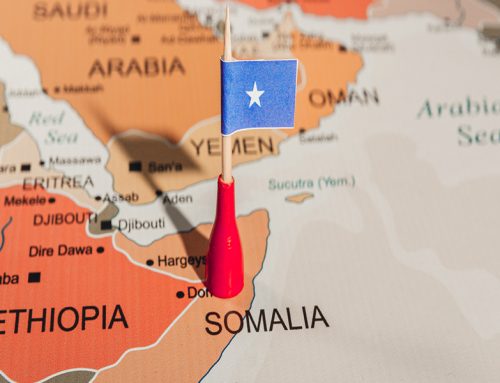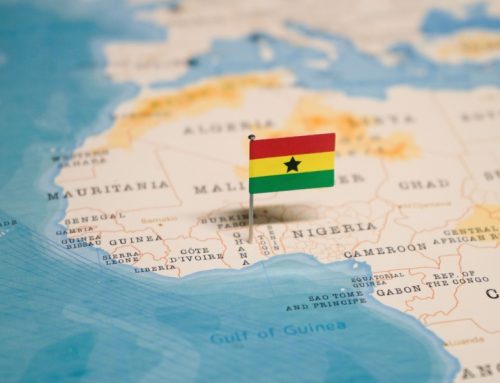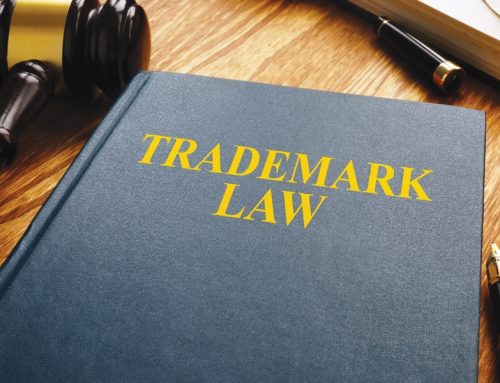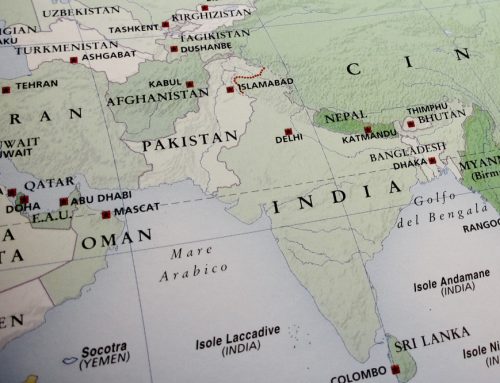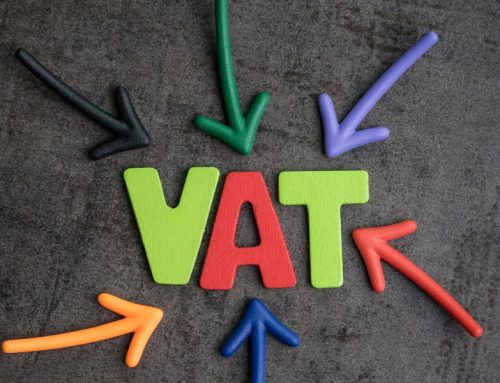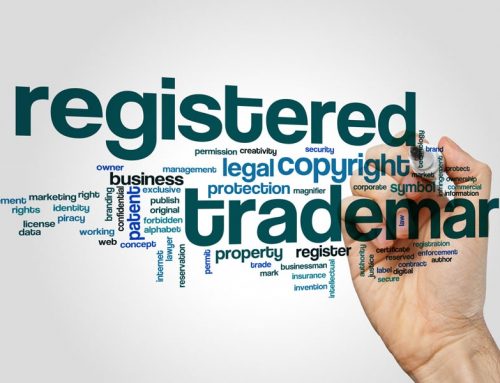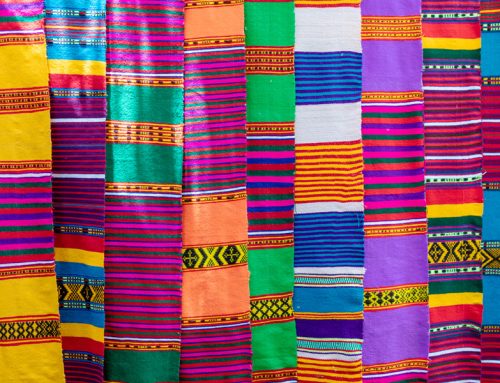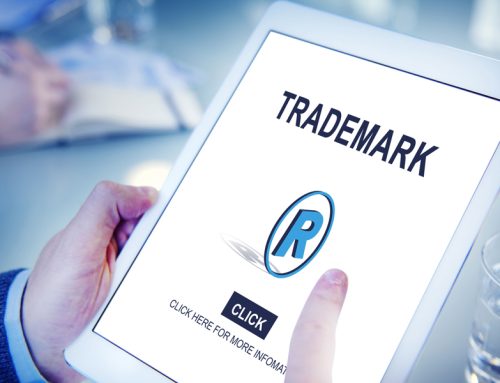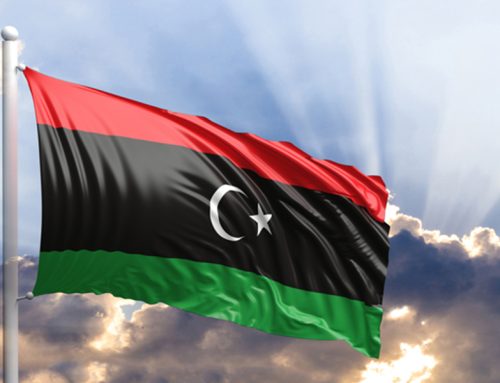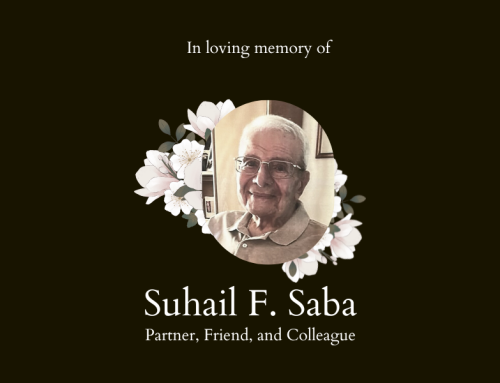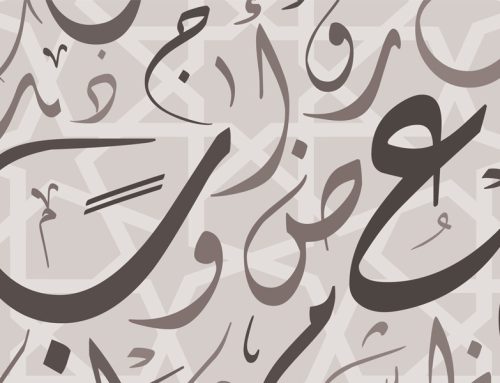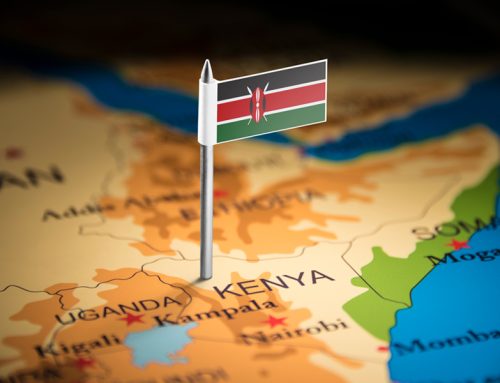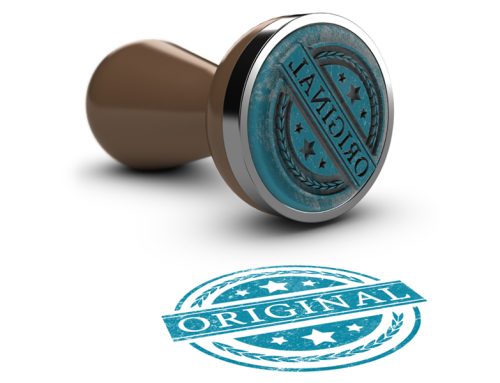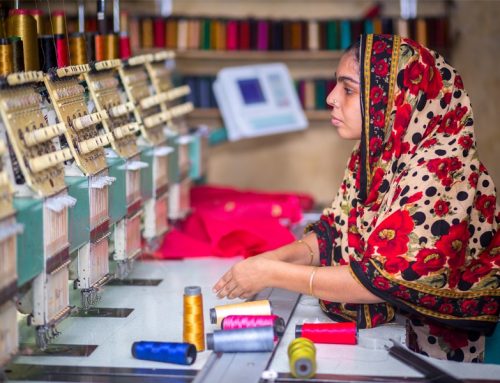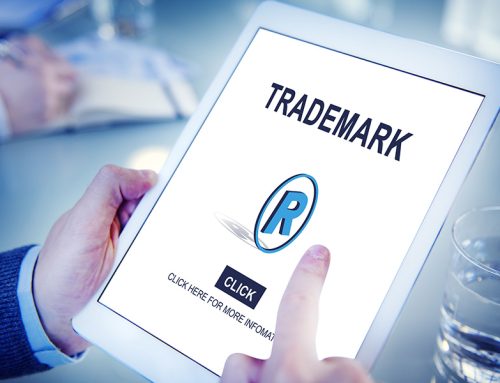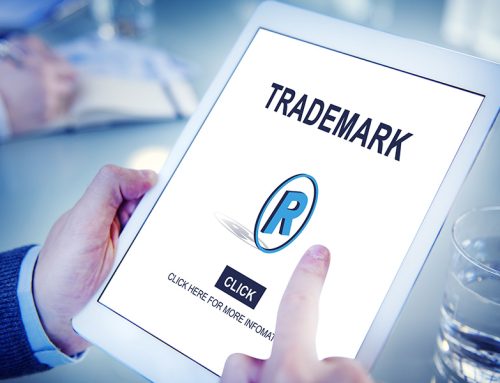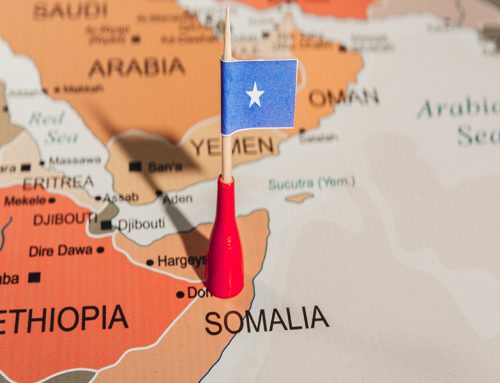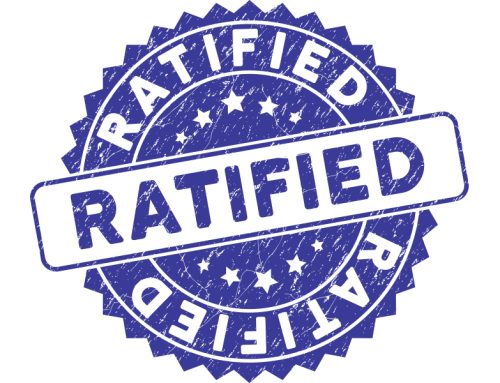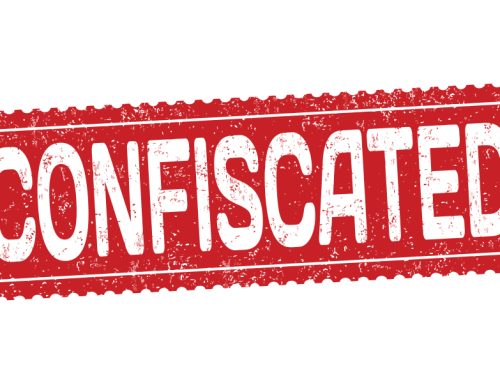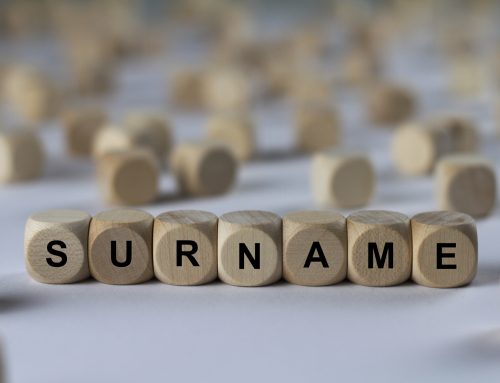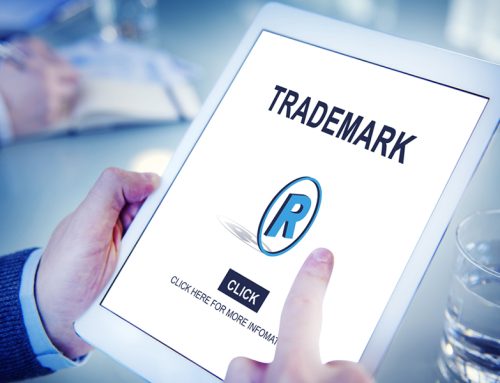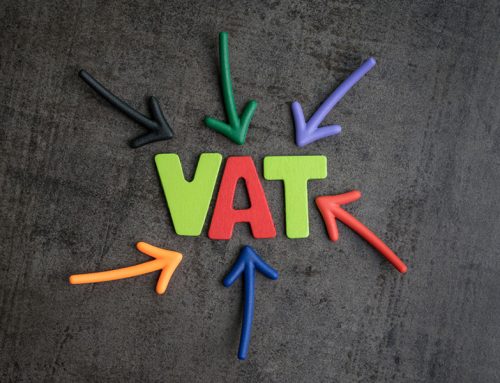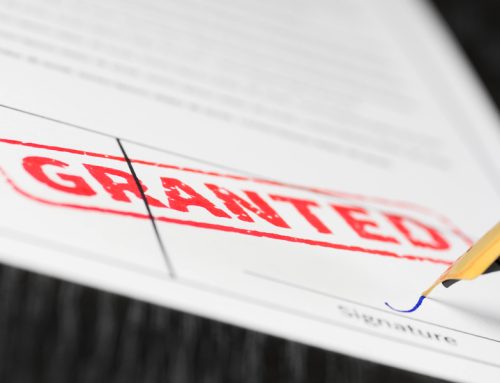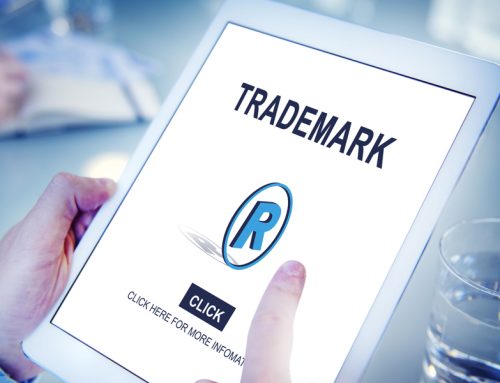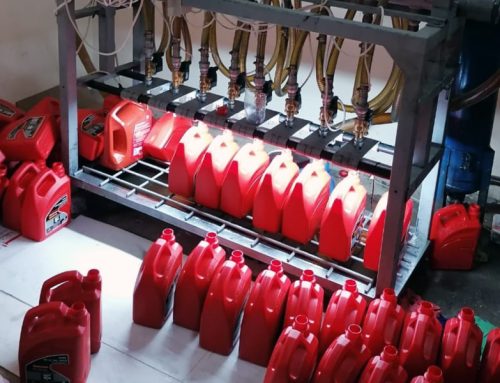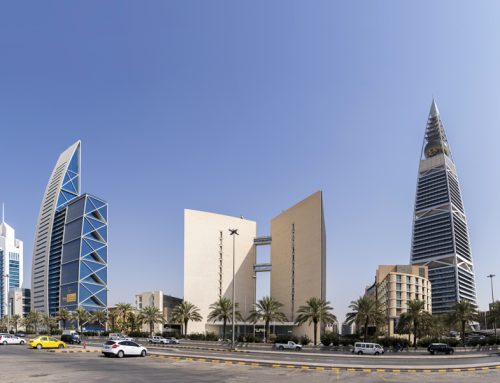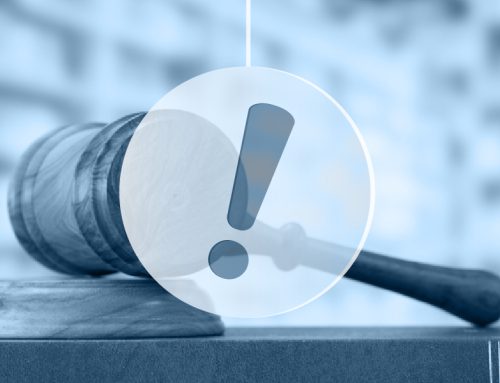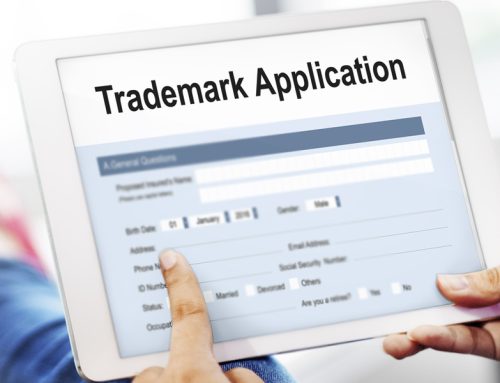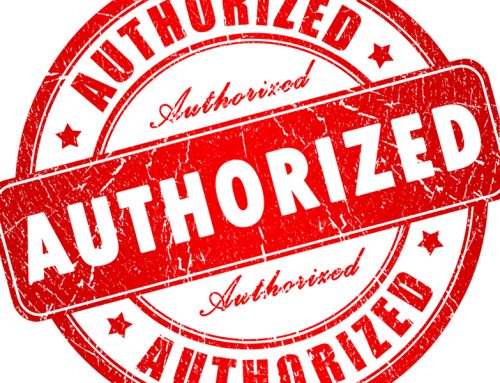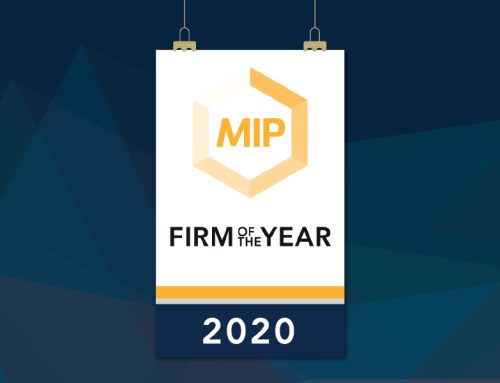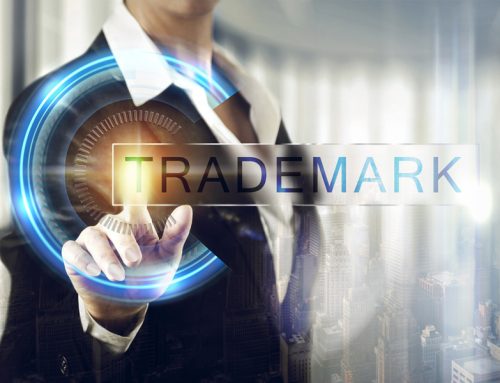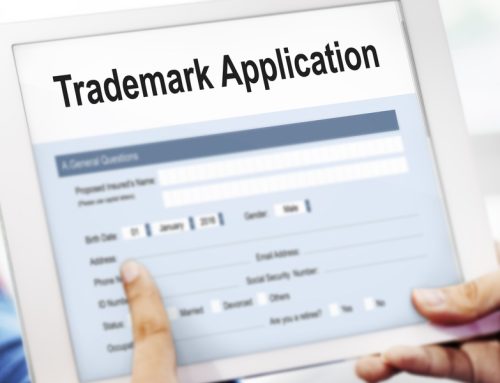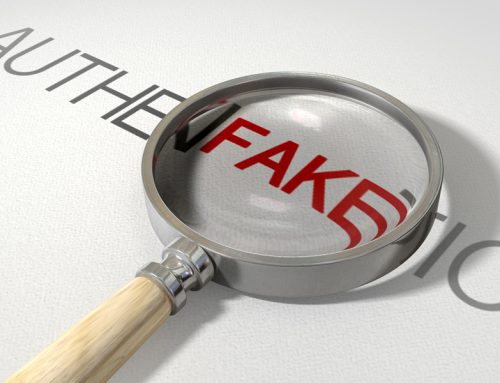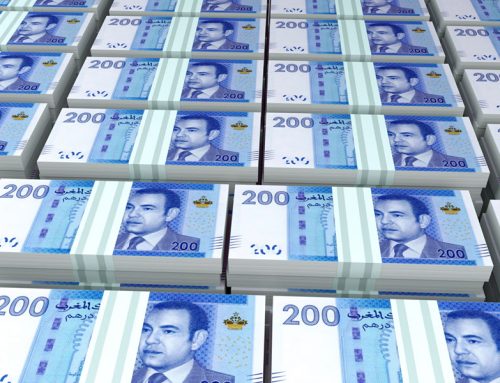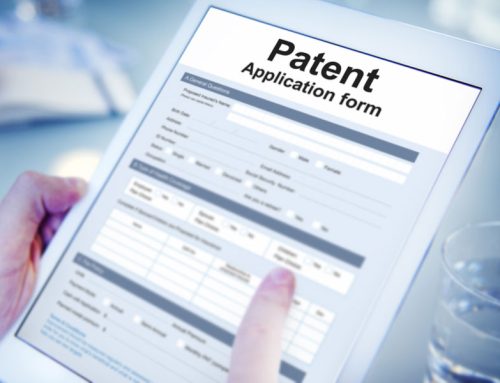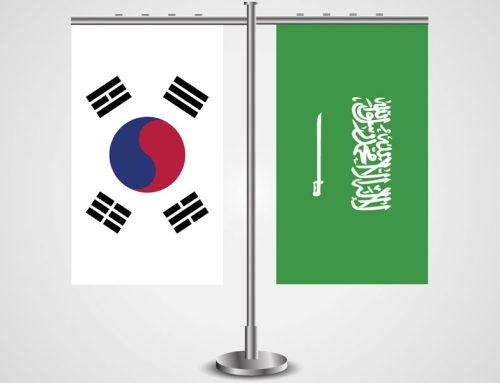With the Middle East and North Africa becoming an exceedingly profitable market for companies when considering an international expansion, it is certainly time to take a step back and consider your trademark portfolio and your filing strategy in the region. The below cheat sheet sums up the most important and relevant questions on filing a trademark in the MENA region.
Is it mandatory to register a trademark in the Middle East and North Africa?
In general, most jurisdictions in the region are first-to-file countries. Therefore, trademark owners with plans to eventually expand into the MENA should consider filing trademark applications before a third party exploits the brand’s fame that has been established in the home country and files the same trademark abroad.
Is the use of a trademark a registration requirement?
It is possible to register a trademark in the MENA without actually using it. Therefore, it will not be necessary to provide any detailed information in trademark applications regarding the existing use of the trademark. However, trademark rights should be maintained through actual use. Trademark registrations in most jurisdictions may be vulnerable to cancellation in the event of non-use, usually within a period of either three or five years.
How are trademark applications classified?
It is necessary to file applications in the MENA in respect of certain goods or services. All jurisdictions have adopted the Nice Classification, with some having their own requirements as to what type of specification of goods or services will be permitted. For example, in Iran, Kuwait, Libya, Qatar, Saudi Arabia, Sudan, United Arab Emirates, and Yemen, class 33 and alcoholic goods in class 32 cannot be registered. Furthermore, pork meat in class 29 cannot be registered in Kuwait and Saudi Arabia.
Additionally, in some countries, the applicant can file an application claiming the whole class without specifying the particular goods/services. Trademark Offices in these countries do not object to the use of any of the class headings as being too indefinite or non-specific—such is the case in Egypt and the UAE, for example. Even more so, in Saudi Arabia a claim other than a class heading or an item from a class heading will not be accepted. In other countries, such as Jordan and Sudan, the applicant must specify the goods/services in the class, otherwise the application will not be accepted. In other words, the actual language used in the specification of the goods/services in the registration will define the parameters of the scope of protection of a trademark registration.
What are the rules for using the ™ or ® symbol?
Marking is not compulsory in the countries of the MENA region. However, using any of those symbols on a trademark is always advisable because it will give notice to the public about the owners’ rights.
In principal, the ™ symbol may be used when trademark rights are claimed in relation to a mark that has not been registered at the Trademark Office of a particular jurisdiction. This means that the use of the ™ symbol does not mean a legally enforceable trademark. The registration symbol ®, however, does carry significant legal weight. It should only be used when the mark is registered with the Trademark Office of a particular jurisdiction. Using the symbol ® illegitimately may be treated as fraudulent marking in most of the countries in the region.
To what extent are trademark laws harmonized in the Middle East countries?
There is some element of harmonization with common standards available across the different MENA countries, though each country has the primary responsibility for the regulation of the trademark matters within its jurisdiction and consequently each has its own trademark laws with slight differences in the procedural aspects. The standard definition of a trademark is common and the absolute grounds of registration are relatively the same with some minor differences. In Saudi Arabia, for example, the trademark law is to be used in conjunction with the Shari’a law (the body of Islamic religious law).
With the exception of Morocco and Lebanon, ex-officio examination on relative grounds is performed in all countries. Also, nearly all countries except Lebanon and Algeria provide opposition proceedings prior to registration. Apart from Tunisia, decisions of TMOs in opposition proceedings are binding. The length of protection of a trademark and the method of renewing a trademark is almost the same—10 years in nearly all countries (with the exception of Lebanon, West Bank, Gaza and Saudi Arabia).
What are the advantages of registering the Arabic rendition of a Latin trademark?
When it comes to the treatment of trademarks in a multi-lingual context, trademark laws of MENA countries are traditionally designed to avoid conflicts between marks across different languages, and to provide specifically for the protection of the transliteration of marks. Accordingly, the registration of a trademark in its Latin (original) script in any country in the MENA should, in general, provide protection against the registration of another confusingly similar transliteration liable to create public confusion. However, while the transliteration of the mark is protected, likelihood of confusion is easier to prove when comparing marks in the same language. Having said that, registering trademarks in transliterated Arabic script, in addition to their original format, is advisable considering that most countries in the region are in principal governed by civil law—that is, the concept of first to file carries considerable weight. While some countries may offer a limited number of common law rights, registration is highly recommended and can be used as a basis on which to sue an infringer.
What factors should brand owners consider when choosing a trademark in Arabic?
When the trademark in question can be transliterated in different phonetic renditions, a vast scope of inconsistencies may come as a result of this. Careful thought and consideration must therefore be taken from the outset to select the most accurate and appropriate transliteration and to ensure that this version is consistently used.
Should you have any questions, or require any additional information, please contact us at news@sabaip.com



